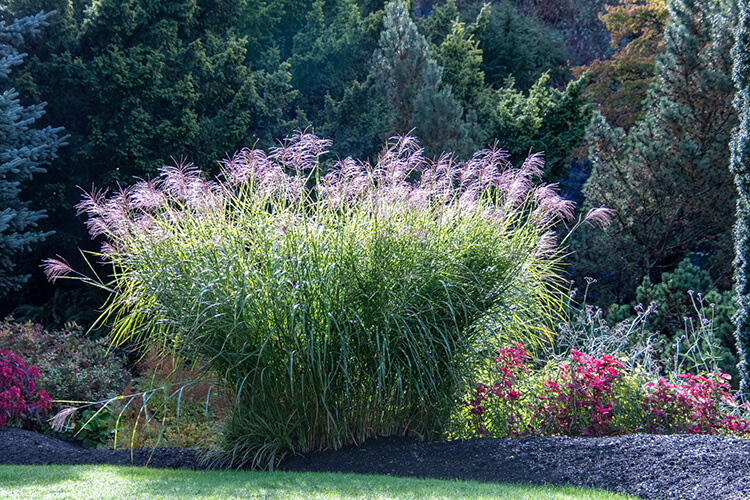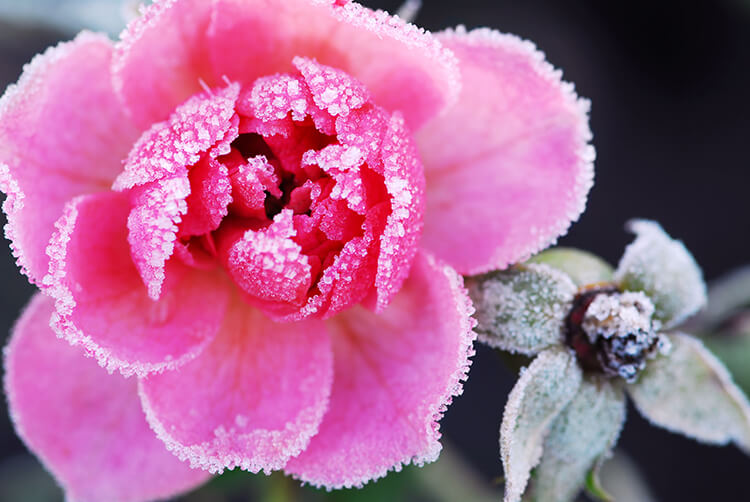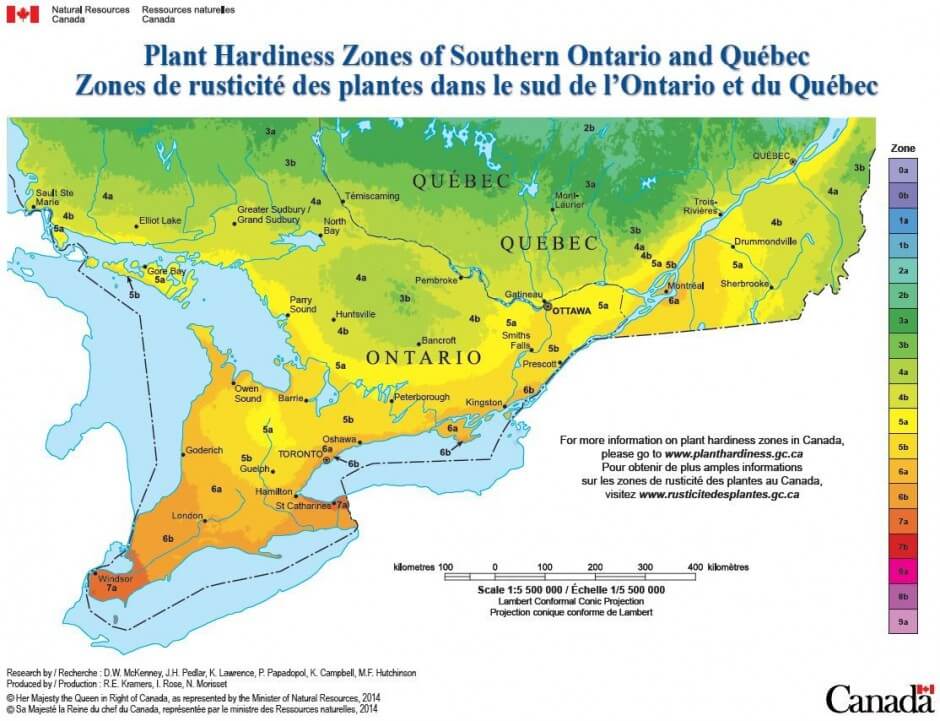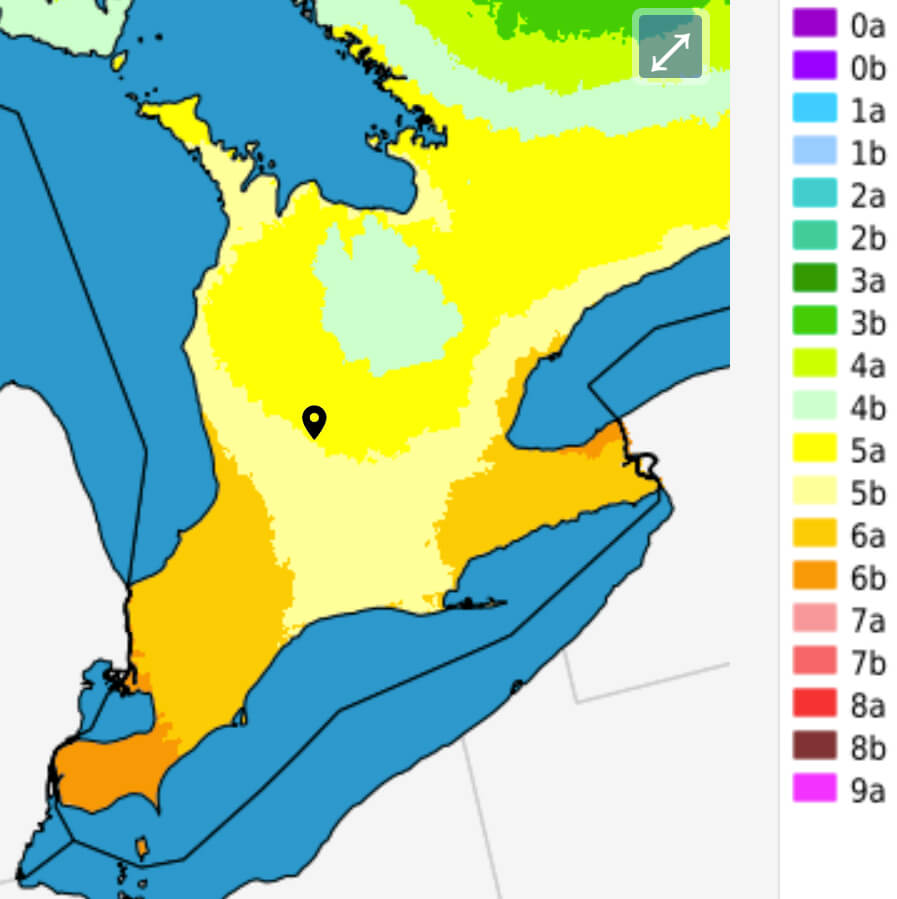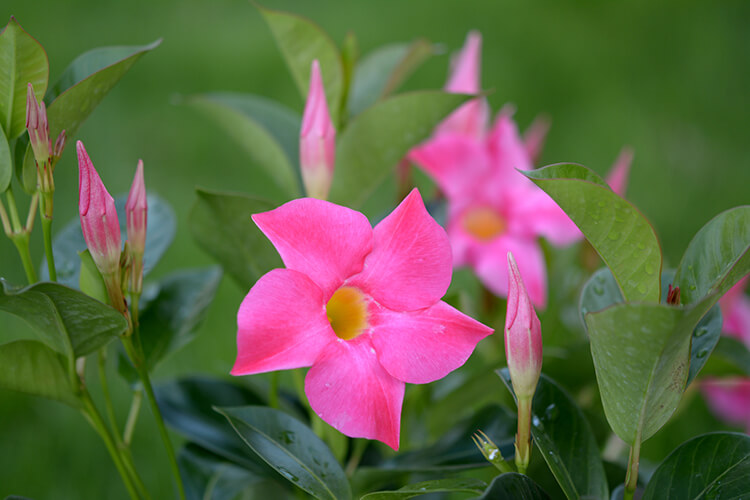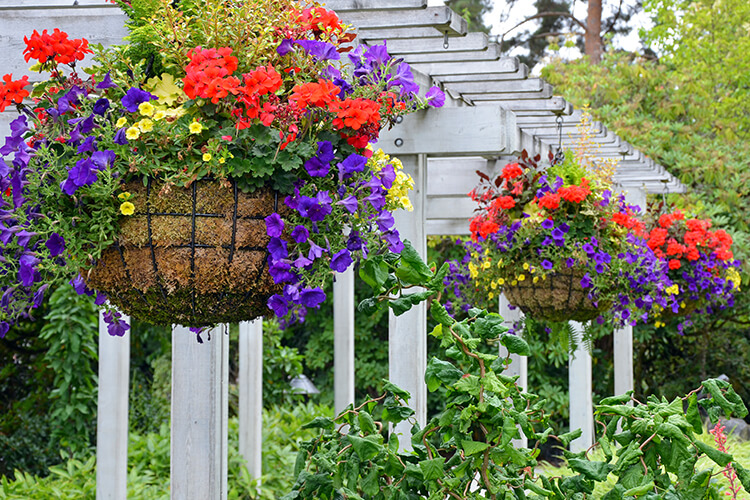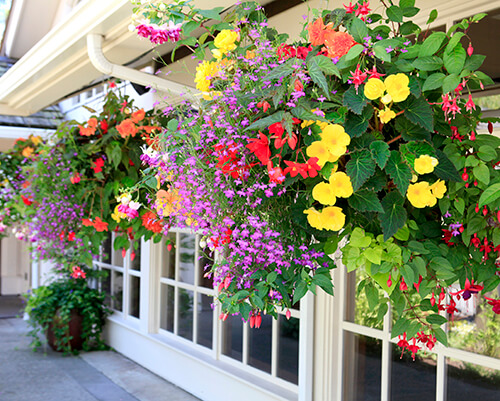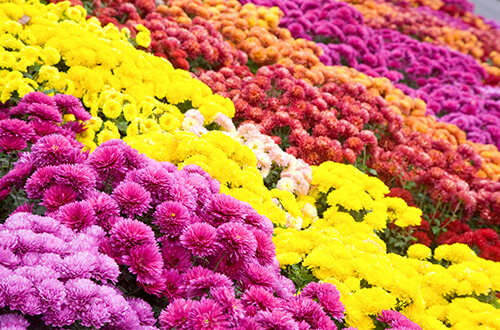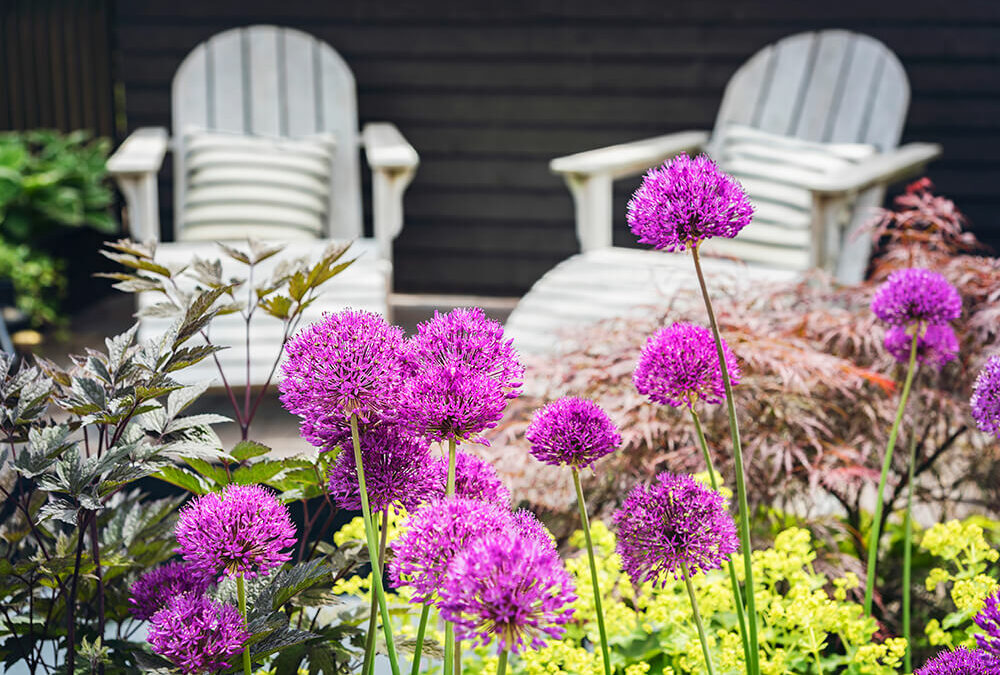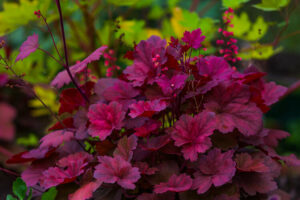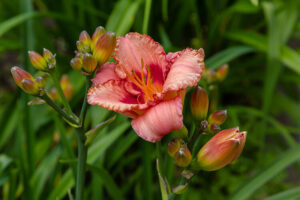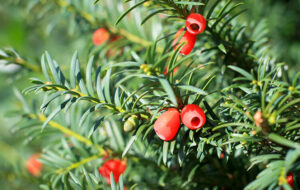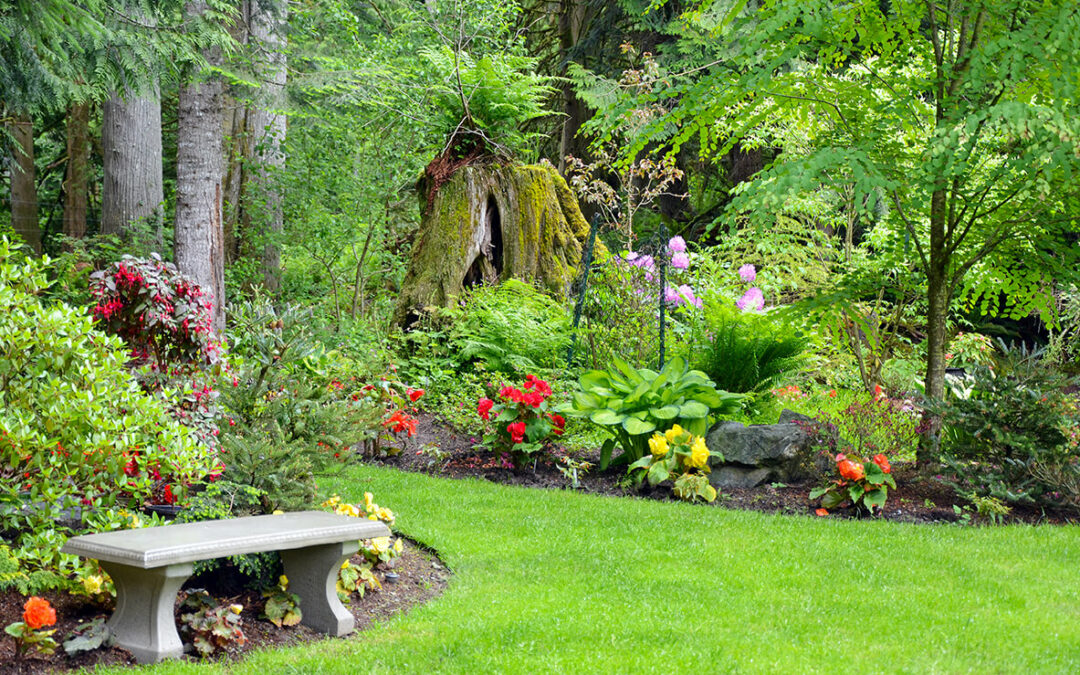
Shrubs and Perennials for Shade Gardens
When springtime rolls around, homeowners start getting flowerbeds and gardens ready for the growing season. This usually means moving plants and shrubs and adding more to the mix. There are so many options for the sunny spots in your yard, but what about those more challenging, shady spots? Fear not. There are plenty of beautiful, hardy, low-maintenance shrubs and perennials for shade gardens.
The following are some of our favourite plants and shrubs for shady gardens and flowerbeds. Not only are these options beautiful, but many are native to Ontario, or at least well-adapted to our climate, so require very little maintenance, once established.
Shade-Loving Shrubs
 Boxwood
Boxwood
Densely leaved evergreen shrub that can be easily shaped to suit virtually any location or style.
Yew
Low-growing evergreen with soft, needle-like foliage that bears red berry-like seeds.
Serviceberry
Small tree that adapts well to various environments, bears fruit and attracts wildlife.
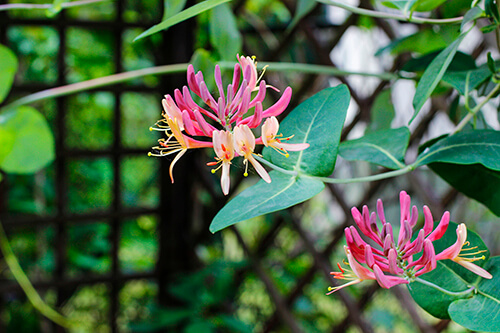 Non-Invasive Honeysuckle
Non-Invasive Honeysuckle
Tolerates both sun and shade, blooms from spring to late summer, and is a favourite of hummingbirds and bumblebees.
Arrowwood Viburnum
Flowering shrub that bears purplish-blue berries and whose foliage turns brilliant colours in the fall.
Oakleaf Hydrangea
Round deciduous shrub produces large clusters of long-lasting white flowers that gradually turn purplish-pink.
 Japanese Rose
Japanese Rose
A deciduous flowering shrub with brilliant yellow flowers that prefers fully or partially shady locations.
Perennials for Shade Gardens
Ferns
A wide variety of fern species in various sizes that thrive in Ontario’s climate in part- to full-shade.
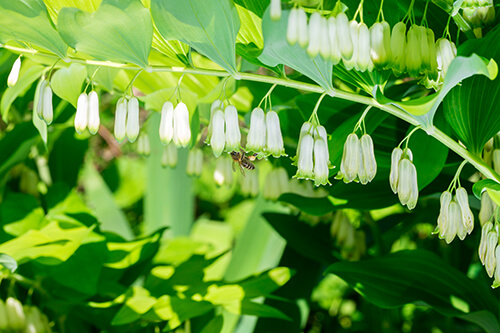 Solomon Seal
Solomon Seal
Elongated leaves grow on arching stems of white, tubular flowers in the spring, yielding dark, almost black berries.
Lungwort
Low-growing plant with speckled leaves and small, bell-shaped flowers in shades of purple and pink.
Hosta
Available in various shades of flat and variegated green, they produce large blooms on large stalks and can be easily split and transplanted.
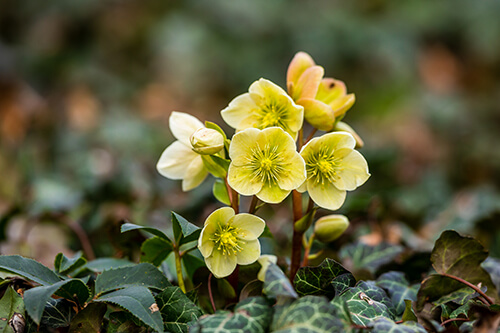 Hellebore
Hellebore
Early blooming, low-growing, mounding perennial with large, star-shaped flowers in shades of white, yellow, pink, and purple.
Brunnera
Large, heart-shaped leaves with tiny, forget-me-not type flowers that bloom in early- to mid-spring.
Hardy Geranium
Sprawling, low-growing green foliage with five-petaled flowers in shades of white, bluem pink, and purple.
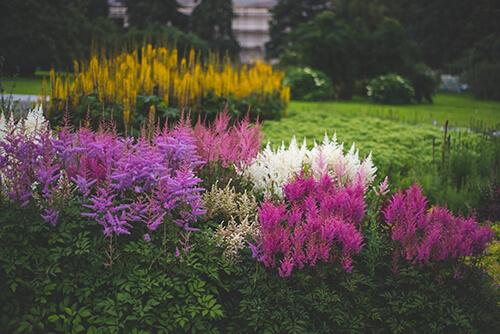 Astilbe
Astilbe
Low, mounding plant that produces fuzzy flower plumes in shades of white, red, purple, and pink on tall stalks.
Japanese Forest Grass
Dense, mounding ornamental grass with bright- and medium-green coloured variegated leaves that grow in waterfall-like arrangement.
With all of these options, shaded lots have no excuse to be dull. For continued visual interest throughout the year, be sure to combine plants of different heights, shapes, colours, and blooming periods.
And as always, if you need assistance with establishing and or maintaining your shade garden(s), contact us.

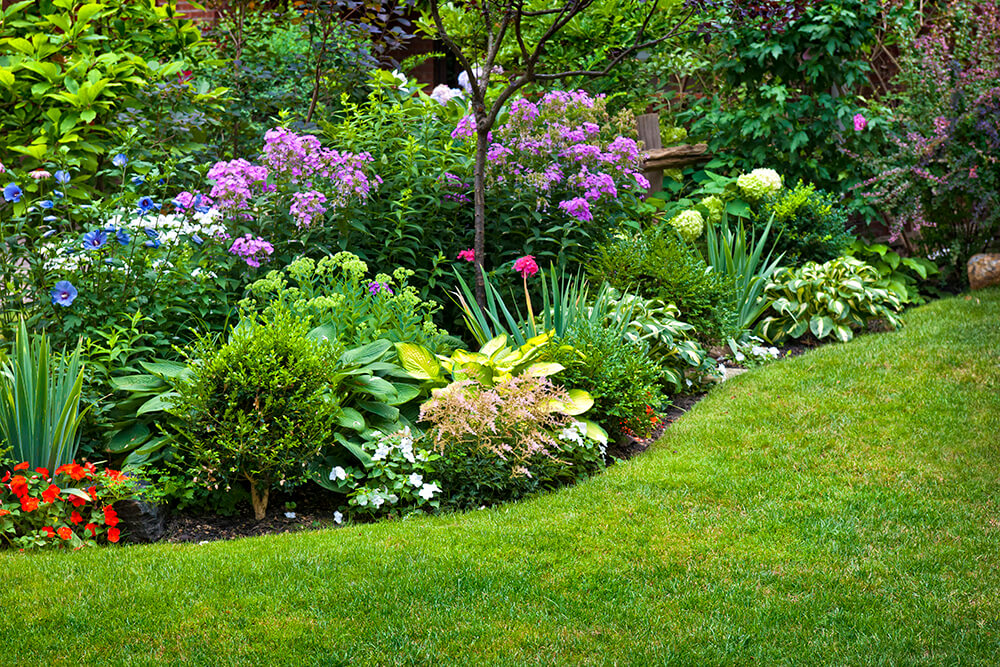
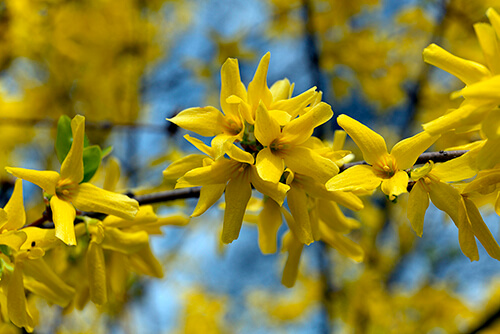 Forsythia – brilliant yellow blooms
Forsythia – brilliant yellow blooms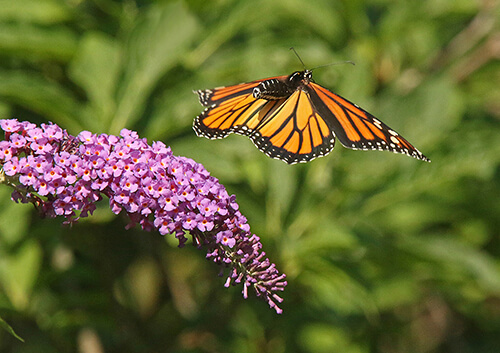 Spirea
Spirea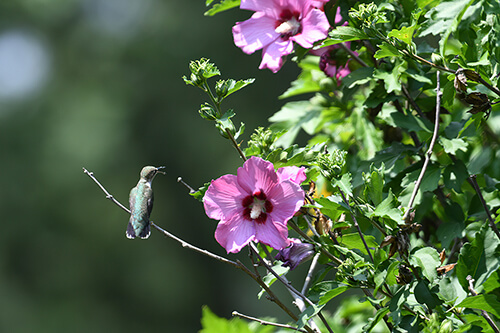 Burning Bush
Burning Bush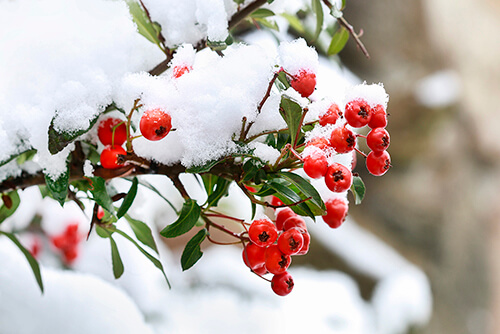 Red Twig Dogwood
Red Twig Dogwood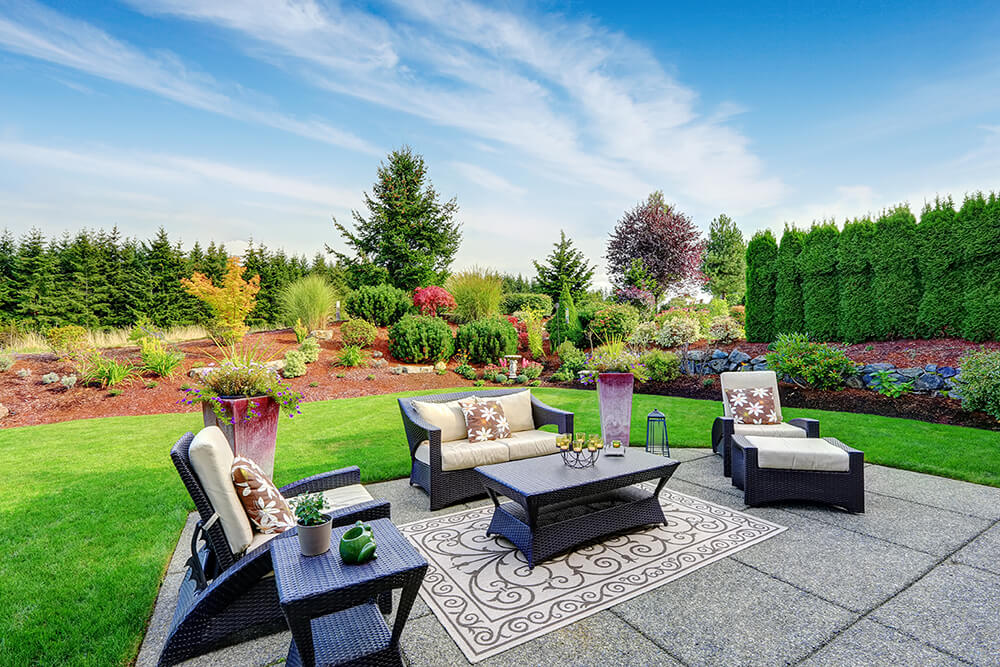
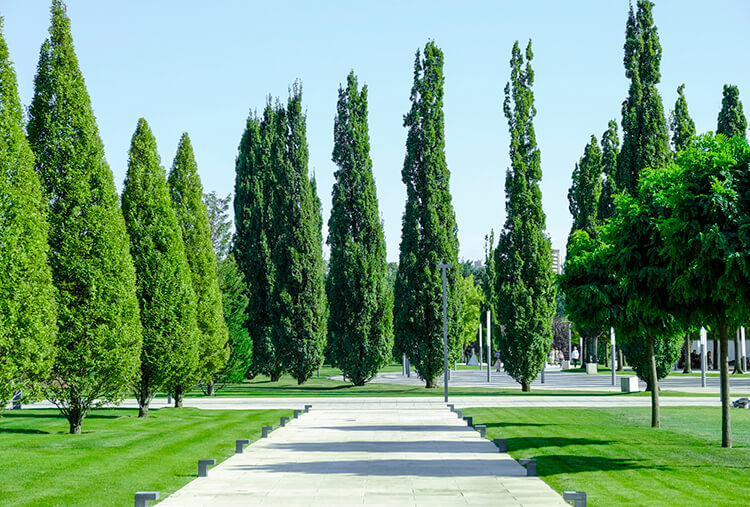 Emerald Cedar
Emerald Cedar

 Ninebark
Ninebark Large Ornamental Grasses
Large Ornamental Grasses